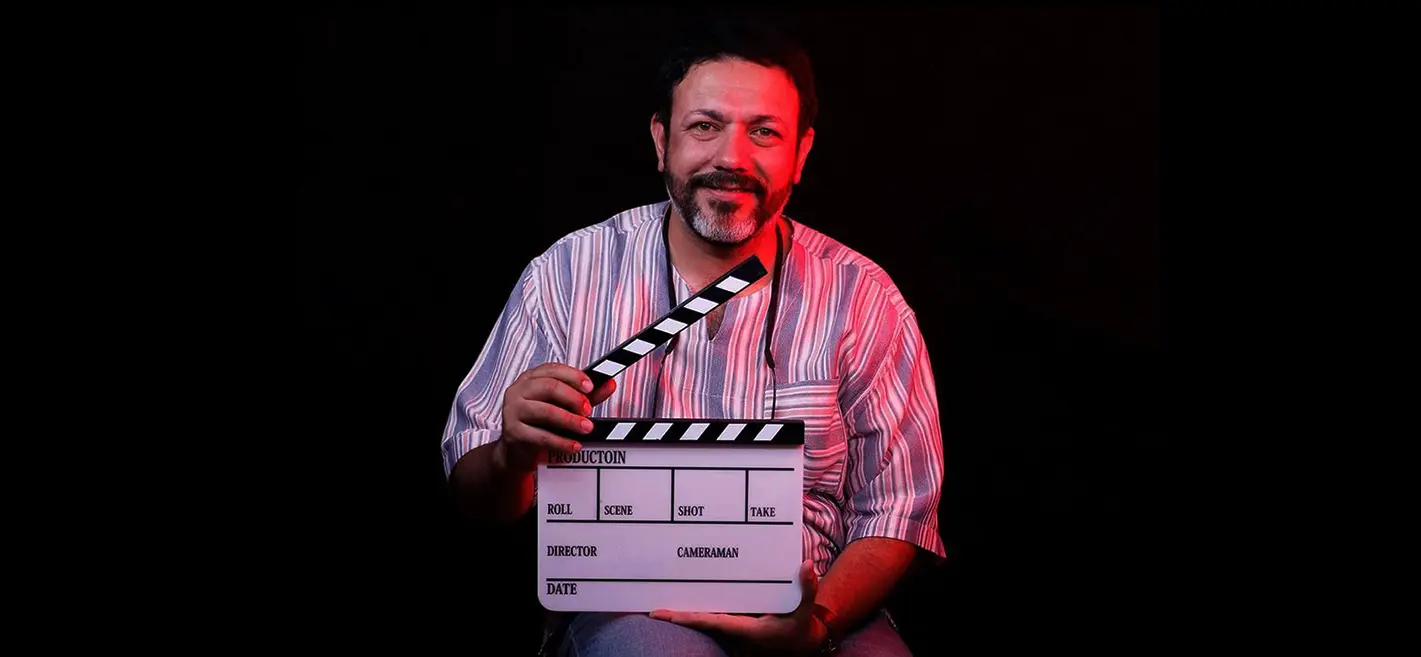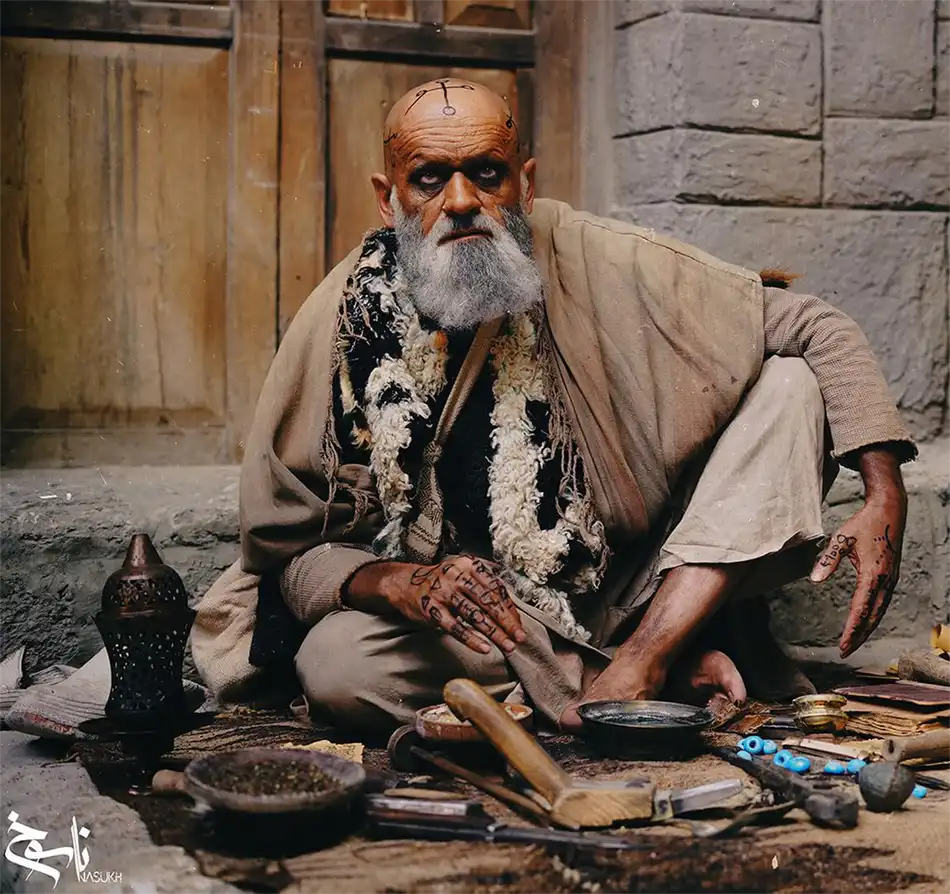Filmmaking blends storytelling, acting, and visual artistry. This craft speaks to people across languages and cultures. The Iranian short film “Nasukh” shows how powerful this universal language can be. This movie has made a big splash in film circles both at home and abroad. It highlights Iran’s rich tradition of storytelling. At the same time, it proves that short films in languages other than English can touch on themes and feelings we all share. People around the world have fallen for its unique style cultural details, and gripping story. “Nasukh” shows how movies from one part of the world can leave their mark on viewers everywhere.
This article explores the craft of making movies through “Nasukh,” offering a thorough review of its production details deep themes, and festival achievements. It takes a closer look at what happened behind the scenes examining how the director and crew brought this story to the screen.
Also, words from the director reveal the sources of inspiration and obstacles encountered while creating this notable Iranian short film. By weaving these aspects together, the article aims to give readers a full picture of “Nasukh” and how it fits into the bigger world of filmmaking.
Overview of Nasukh
Plot Summary
“Nasukh” is a short film based on Mohammad Rasouli’s book. It weaves together the unique literary style of surreal modernism that was common in 14th-century Iran. The story mixes historical philosophy with a mysterious take on Iranian myths, while also tackling current issues. This film’s narrative has deep cultural roots and offers a fresh look at age-old problems capturing the spirit of both old and new Iranian social themes.
Historical and Literary Basis
“The Blind Owl,” a literary masterpiece by Sadegh Hedayat from 1936, has a big impact on the story of “Nasukh.” This book stands out as a major piece of 20th-century Iranian literature. It’s known for diving into deep psychological and existential themes.

The film version carries these themes forward. It shows the existential pain that the book describes with metaphors as wounds similar to leprosy, which eat away at the spirit. The story suggests that quick fixes like forgetting through wine or hypnosis make the suffering worse over time. This highlights the deep and often dark self-examination that’s typical of much of Hedayat’s writing.
Behind the Scenes
Key Crew Members

The making of “Nasukh” brought together a wide-ranging group of talented experts, each contributing key parts to give life to the film. Asghar Abbasi directed the project adding his unique take shaped by Iran’s books and past. The producer managed the film’s growth making sure every stage from planning to final edits stuck to set times and money limits. The writer turned Mohammad Rasouli’s book into a script that shows 14th-century Iran through today’s dream-like lens.
Filming Locations
The team shot “Nasukh” in places that match the story’s historical setting. They picked these spots to show what things looked like in the 1300s capturing the buildings and culture of that time. This is key for a movie that’s so rooted in history. When choosing where to film, they also thought about how well each place could create the dreamlike and magical feel they wanted for the movie. This helped make the story and visuals more powerful.
Challenges and Successes
Making “Nasukh” came with its fair share of hurdles when it came to balancing historical accuracy with modern film techniques. A big challenge was keeping the dreamlike quality of the story while making sure viewers today could still connect with and understand the film. Despite these obstacles, “Nasukh” did pretty well for itself. It got picked for the “Book and Cinema” special section at the 40th Tehran International Short Film Festival. This section shines a light on films that do a great job of turning books into movies. This recognition shows how well the team worked together and how they managed to overcome the bumps in the road during filmmaking.

Festival Success
Tehran International Short Film Festival
“Nasukh” received recognition at the Tehran International Short Film Festival (TISFF), a well-known event that has an impact on the global short film scene. The TISFF known to be an OSCARS® Qualifying short film festival, has played a key role to showcase exceptional talent from across the globe for over 40 years. This festival highlights the artistic achievements of filmmakers and gives them a platform that could make them eligible for OSCARS®, which shows its importance in the international film community.
Recognition at Other Festivals
Besides its win at TISFF, “Nasukh” got praise at several other film festivals showing how it appeals to people everywhere and how well it tells its story. By taking part in these festivals, the film has reached more viewers making it stand out among non-English short films. This kind of recognition matters a lot for films like “Nasukh,” which need to be seen around the world to share their cultural and artistic stories with everyone.
Director’s Insights
Director’s Statement
Asghar Abbasi, the Iranian cinematographer who created “Nasukh,” has expressed his film style as having roots in Iran’s history and myths, while also tackling current social problems. Abbasi aims to develop a special way of making movies that connects the old and the new, which makes “Nasukh” an important work in his collection. His efforts to mix these parts show in how he tries to paint a complex picture of Iran’s rich culture through film.
Impact on Iranian Cinema
“Nasukh” is more than just Abbasi’s personal project; it’s causing a revolution in Iranian cinema. It shows a bigger change in the industry where filmmakers now tackle tricky topics like the relativity of human conditions and judgments often looking at personal freedom and gender relations. This movie, which has deep ties to Iranian literary and historical philosophy, adds to a fresh wave of Iranian films that question old stories and ask viewers to think about different and critical views on society’s problems.
Conclusion
Through “Nasukh,” we’ve looked at the rich fabric of Iranian filmmaking going deep into its history, book influences, and how it matters today. The film gives a deep look at both old human problems and today’s struggles mixing the past and present to show people around the world a piece of Iran’s lively cultural heritage. It praises the art in non-English movies and shows how stories can touch everyone going beyond borders and languages to reach people all over the world.
The praise and awards “Nasukh” received at festivals show how much it affected global cinema and Iranian films making it an essential part of movie history. Looking back at “Nasukh” from its early ideas to its success at festivals, we see it as proof of teamwork in filmmaking and how movies can connect different cultures. This film makes us want to look deeper into stories that show what we all share as humans hinting at more talks and research in movies and cultural studies.
FAQs
“Nasukh” is a surreal short film directed by Asghar Abbasi that explores Iran’s 14th-century conditions through the lens of Ferdowsi’s Shahnameh. The film delves into historical and mythical narratives, offering a unique perspective on Iran’s rich cultural heritage.
Yes, the film is adapted from the book “Nasukh” by Mohammad Rasouli, an Iranian writer and Shahnameh scholar. The book combines surreal modernism with historical philosophy, providing a mysterious look at Iranian myths while addressing contemporary issues.
Nasukh” was nominated in the “Book and Cinema” special section of the 40th Tehran International Short Film Festival. Additionally, it received a nomination for Best Non-English Film at the Edo State International Film Festival.
You can view the official trailer for “Nasukh” on YouTube
